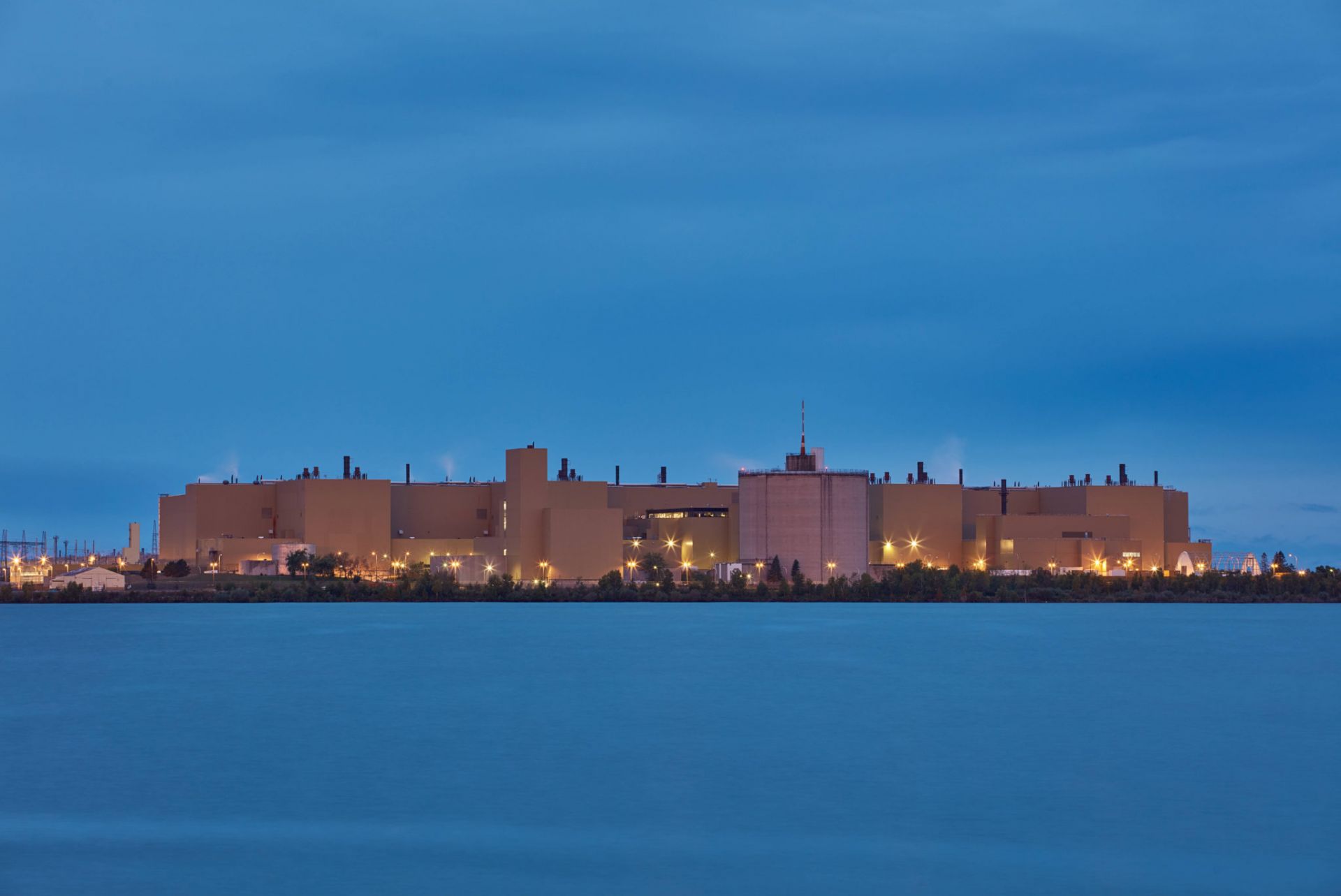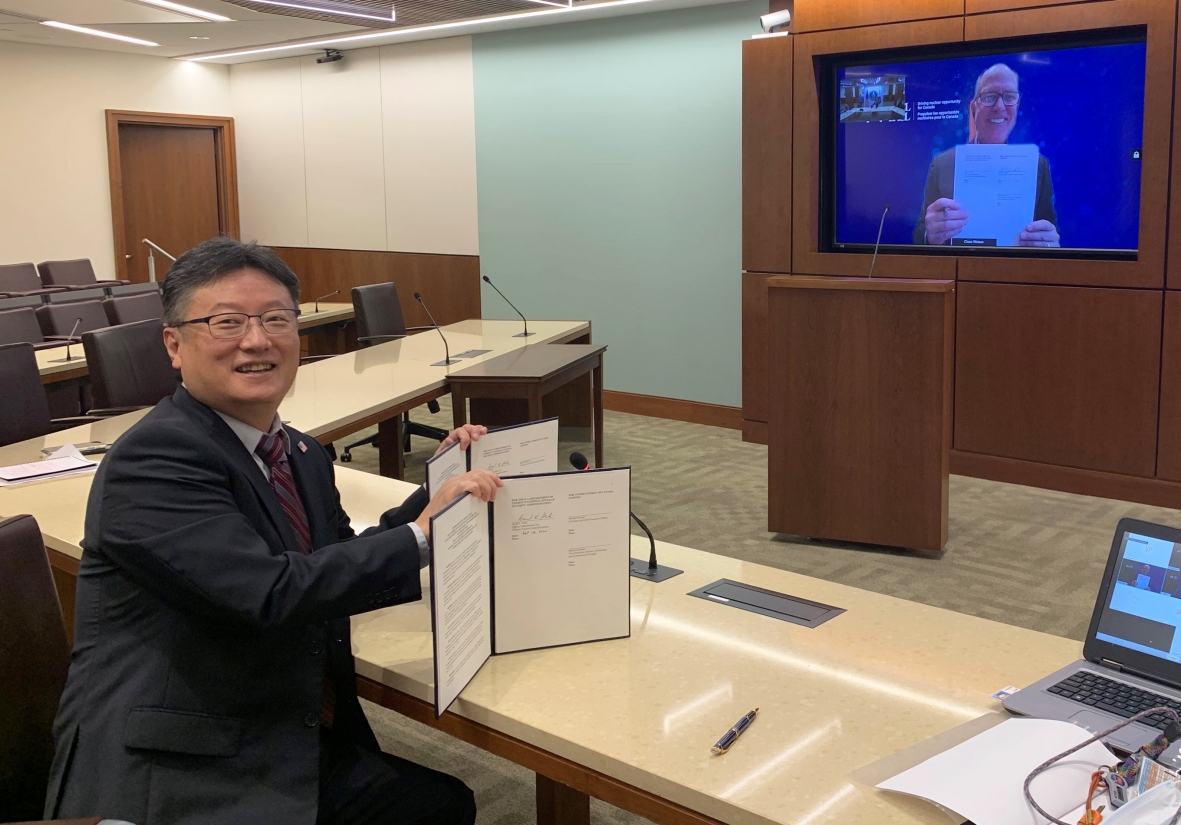Idaho’s ATR Critical Facility undergoes a digital control system upgrade.
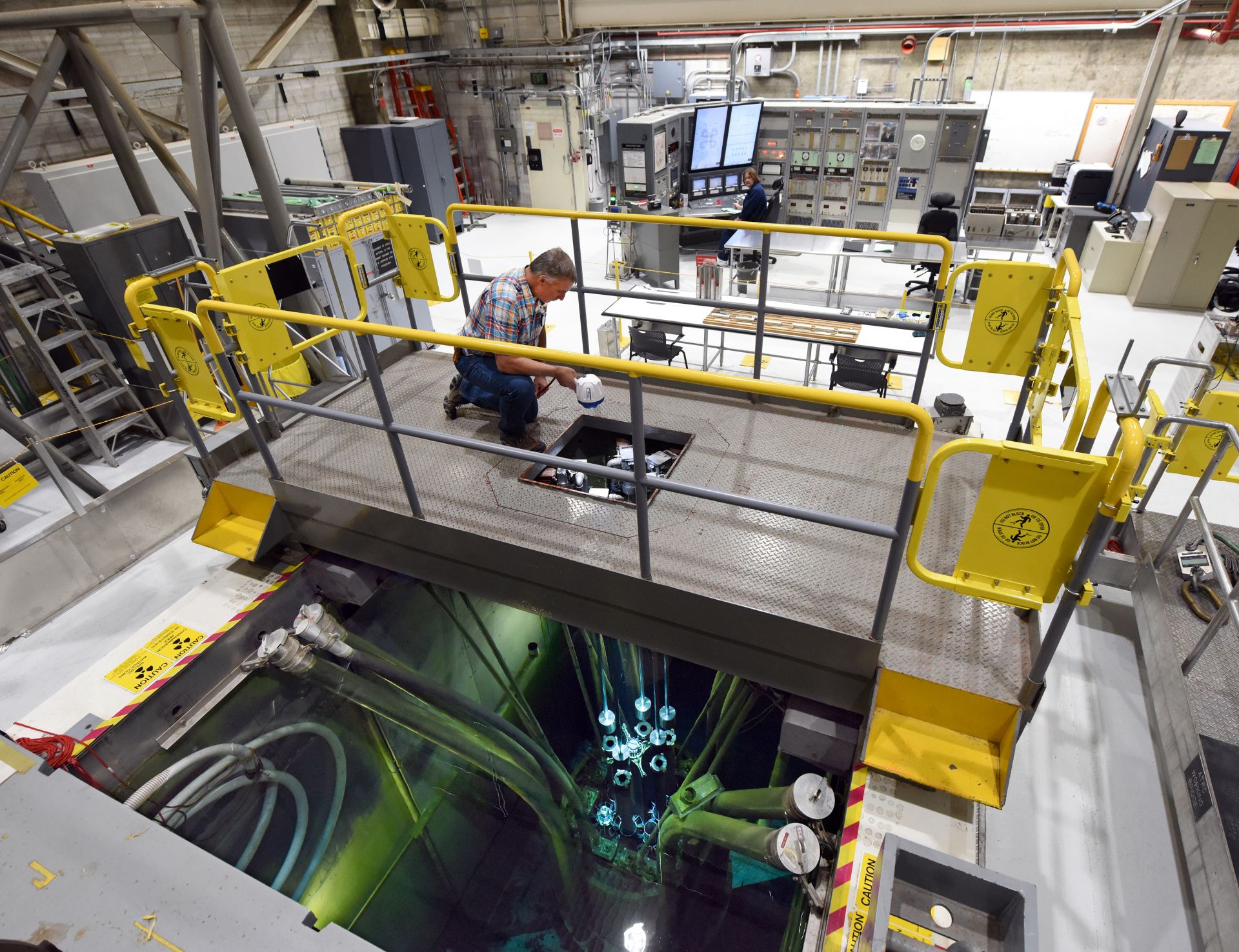
Reactor operators Craig Winder (foreground) and Clint Weigel prepare to start up the ATRC Facility reactor at Idaho National Laboratory after a nearly two-year project to digitally upgrade many of the reactor’s key instrumentation and control systems.
Photos: DOE/INL
At first glance, the Advanced Test Reactor Critical (ATRC) Facility has very little in common with a full-size 800- or 1,000-MW nuclear power reactor. The similarities are there, however, as are the lessons to be learned from efforts to modernize the instrumentation and control systems that make them valuable assets, far beyond what their designers had envisioned.
One of four research and test reactors at Idaho National Laboratory, the ATRC is a low-power critical facility that directly supports the operations of INL’s 250-MW Advanced Test Reactor (ATR). Located in the same building, the ATR and the ATRC share the canal used for storing fuel and experiment assemblies between operating cycles.
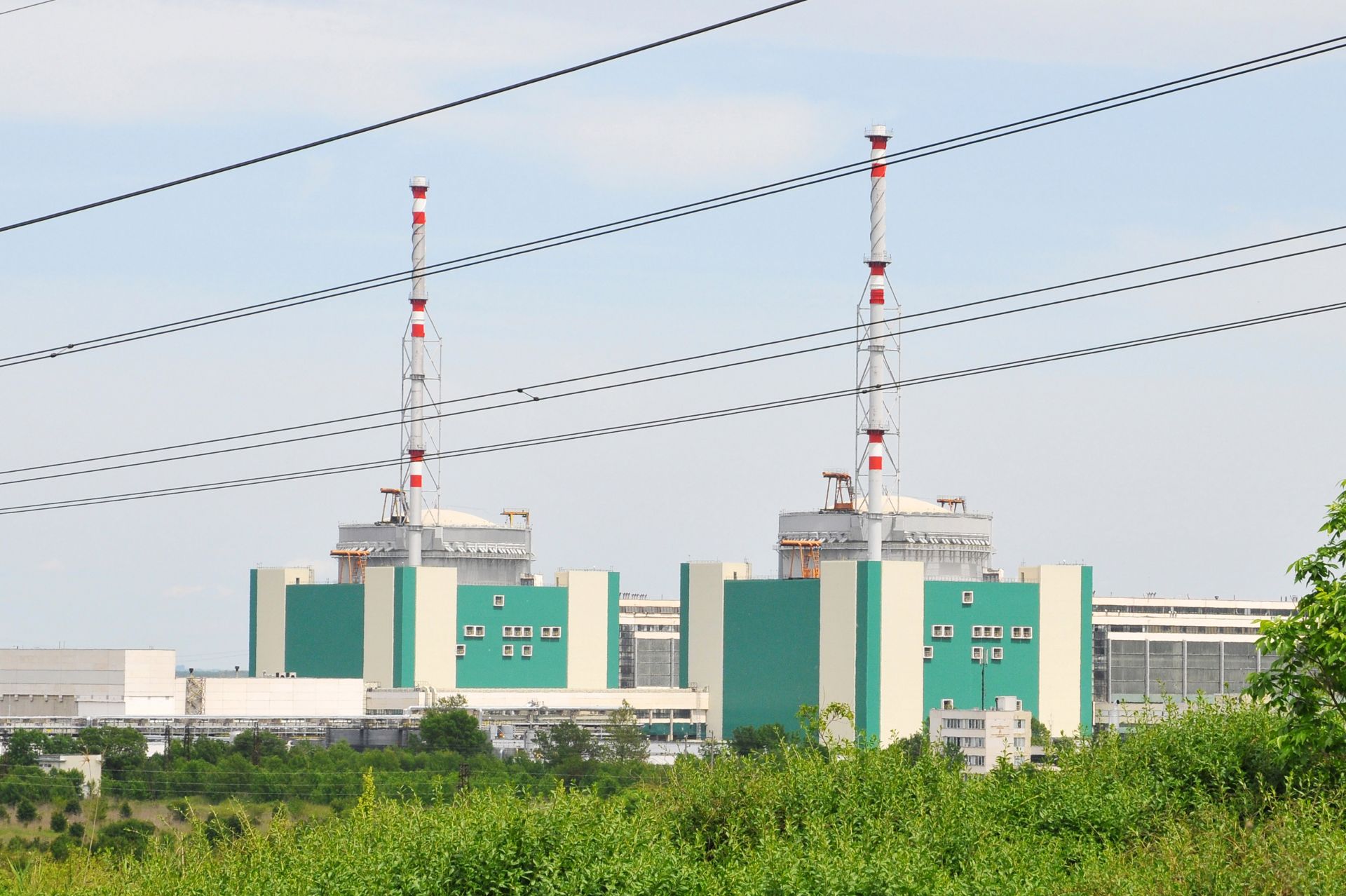


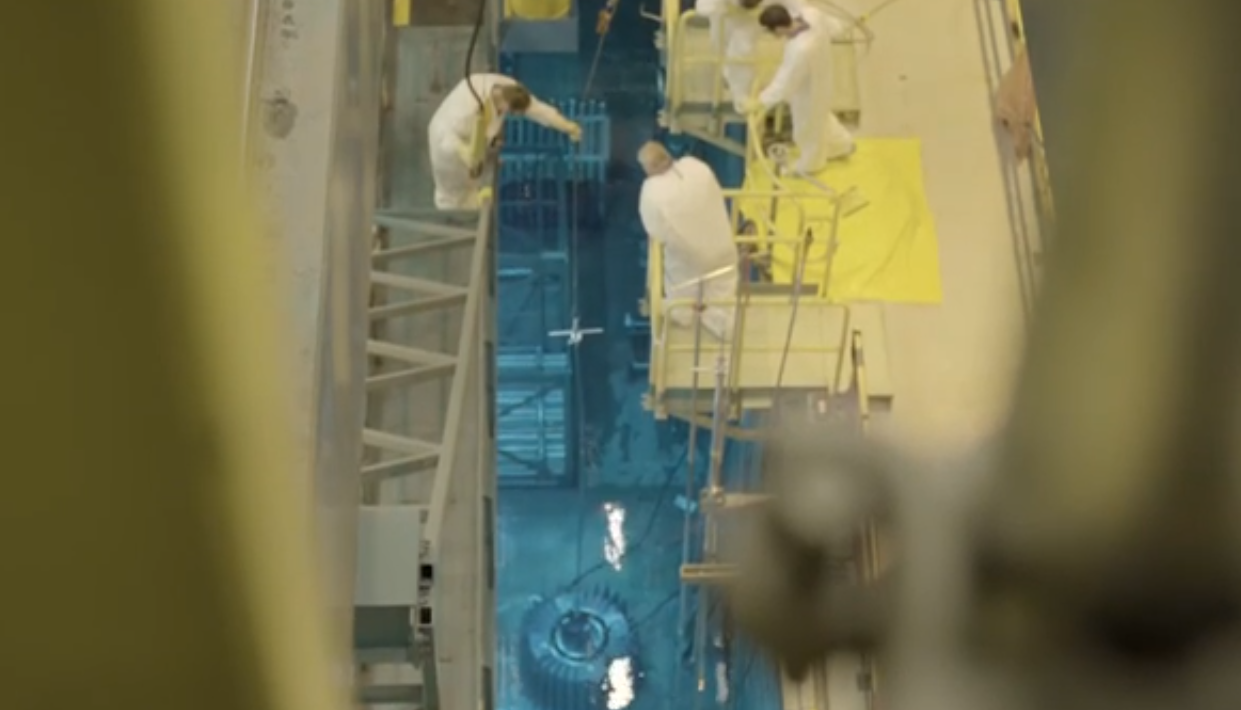
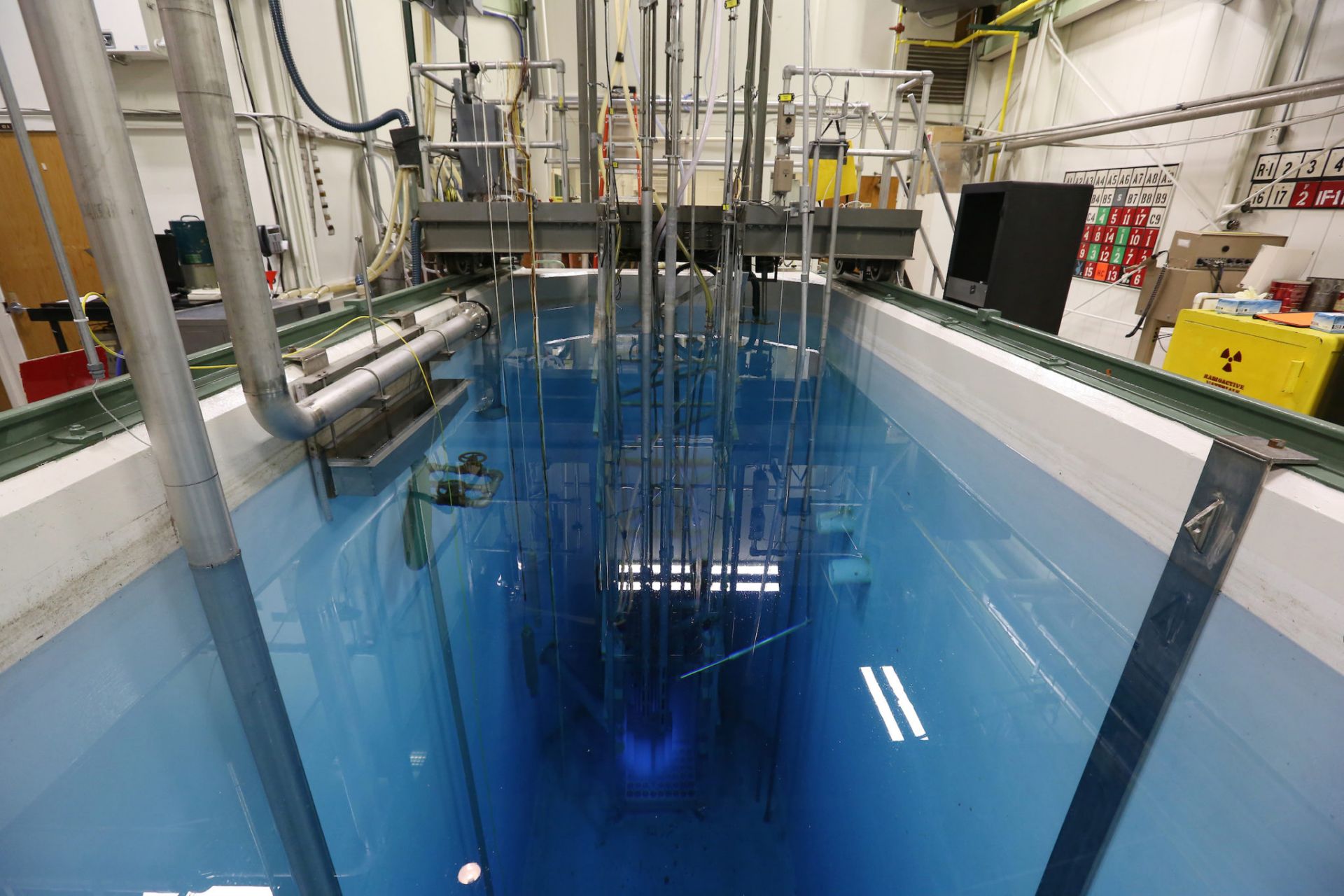



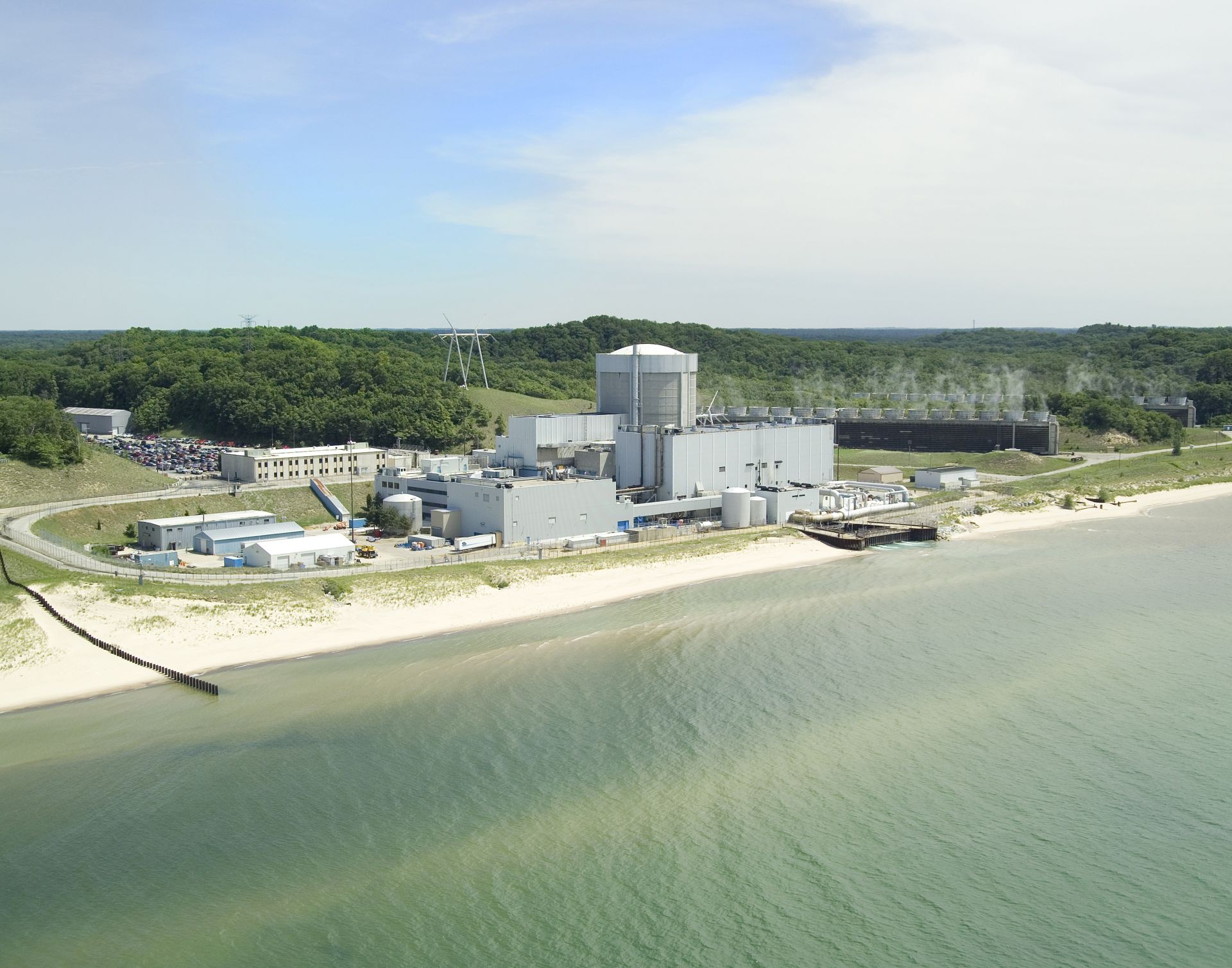


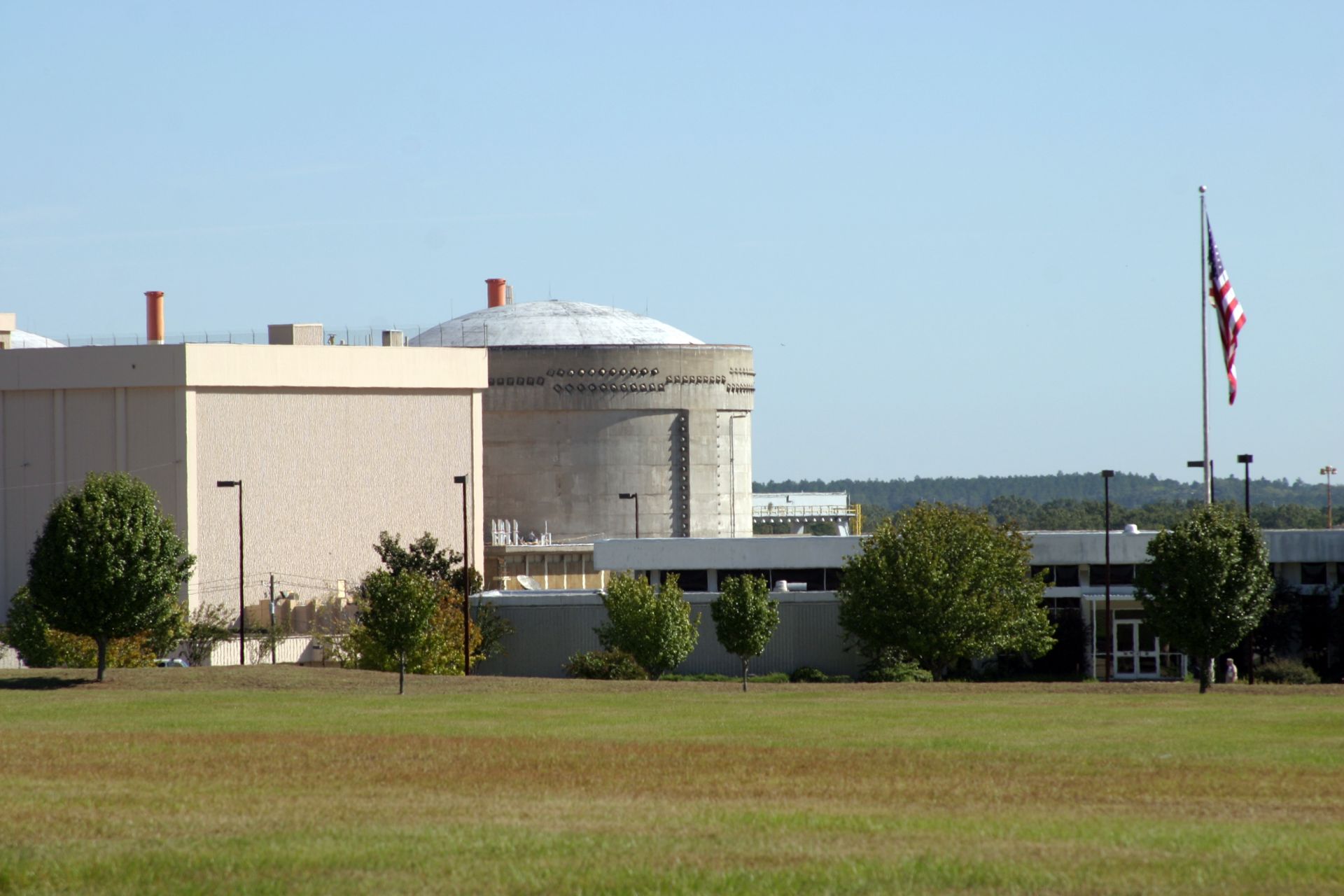
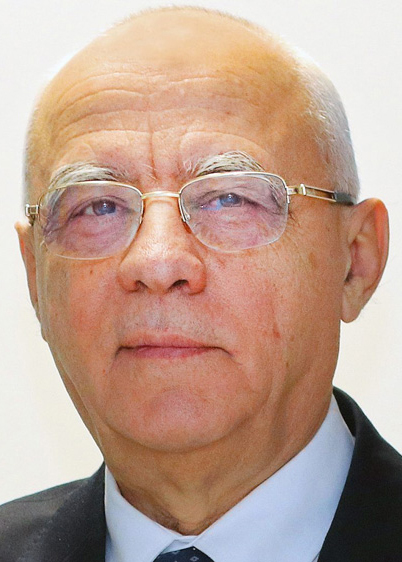
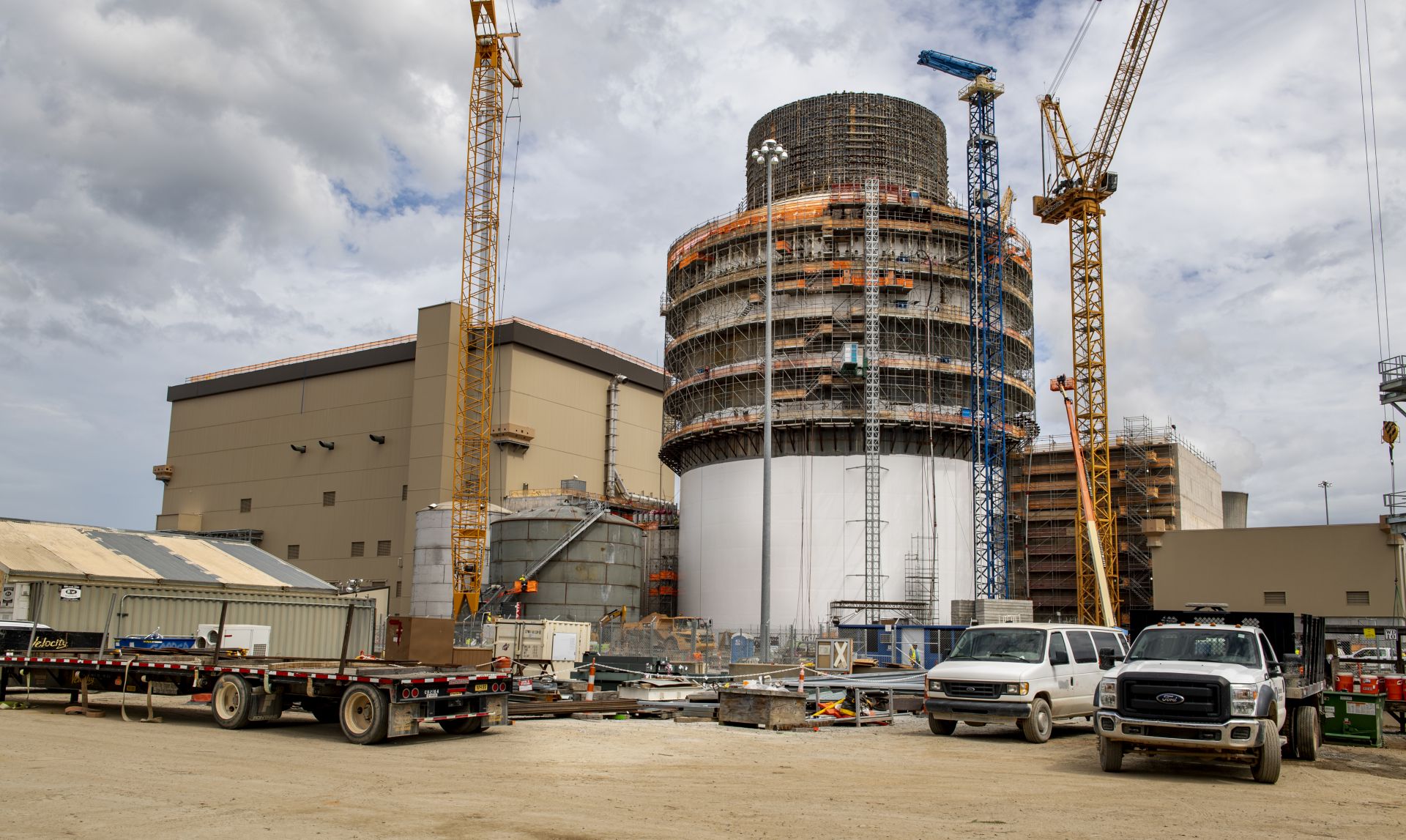


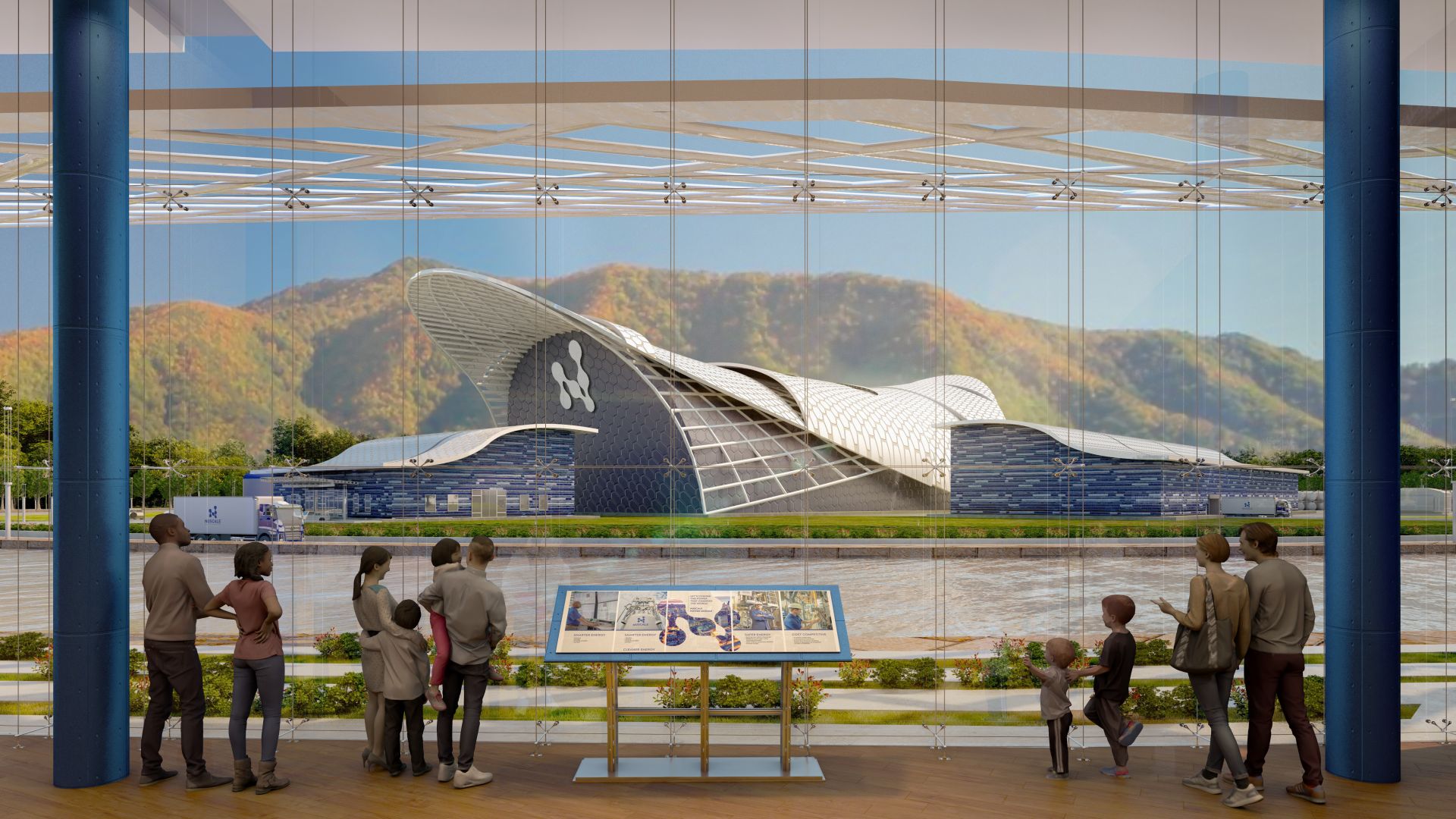
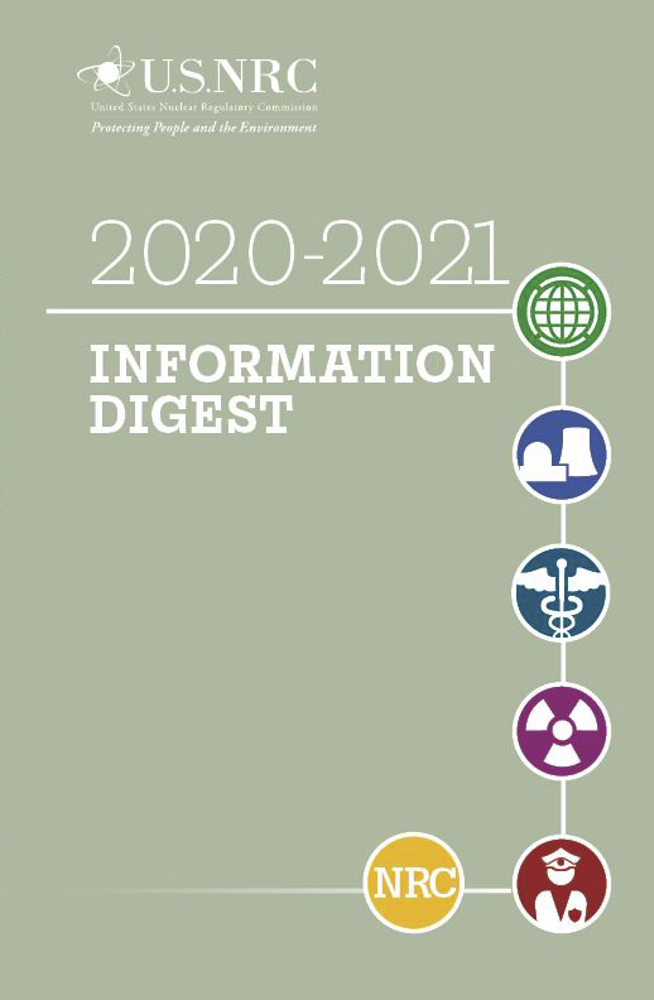 The Nuclear Regulatory Commission last week announced the publication of the 2020–2021 Information Digest, which describes the agency's mission, responsibilities, accomplishments, and activities and provides general information on nuclear-related topics. The digest is published annually and, beginning this year, will be available electronically only on the NRC’s website.
The Nuclear Regulatory Commission last week announced the publication of the 2020–2021 Information Digest, which describes the agency's mission, responsibilities, accomplishments, and activities and provides general information on nuclear-related topics. The digest is published annually and, beginning this year, will be available electronically only on the NRC’s website.